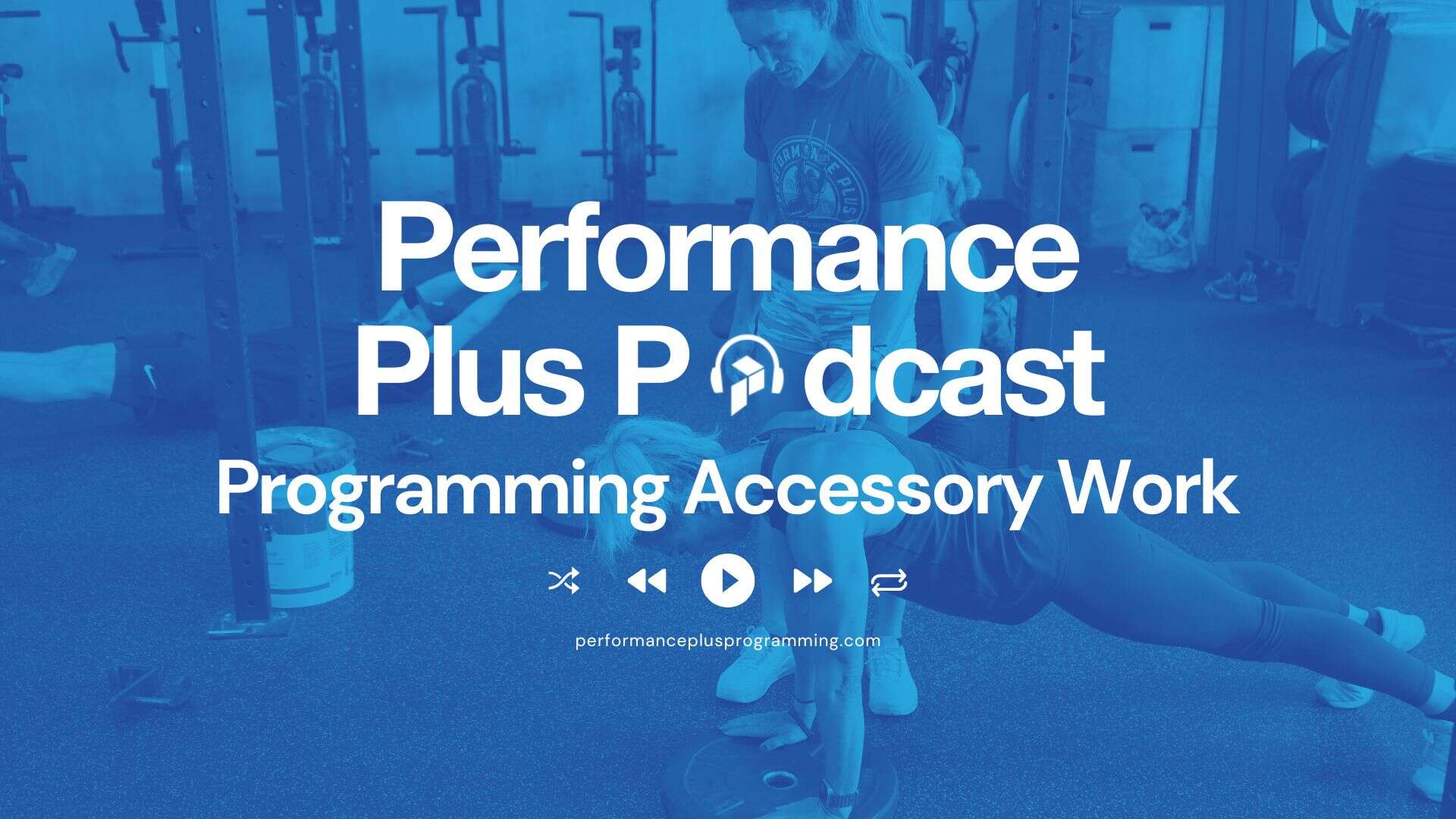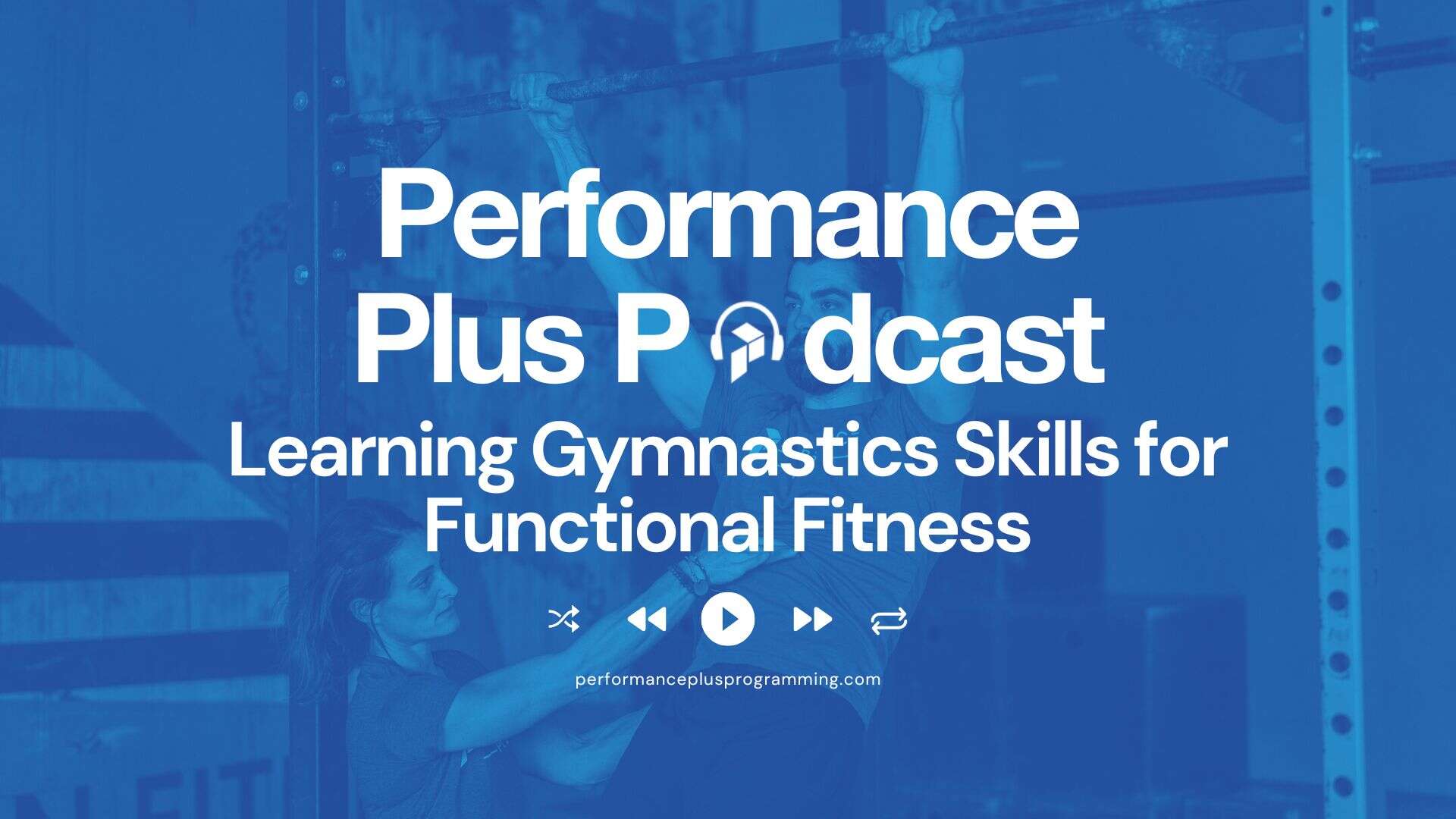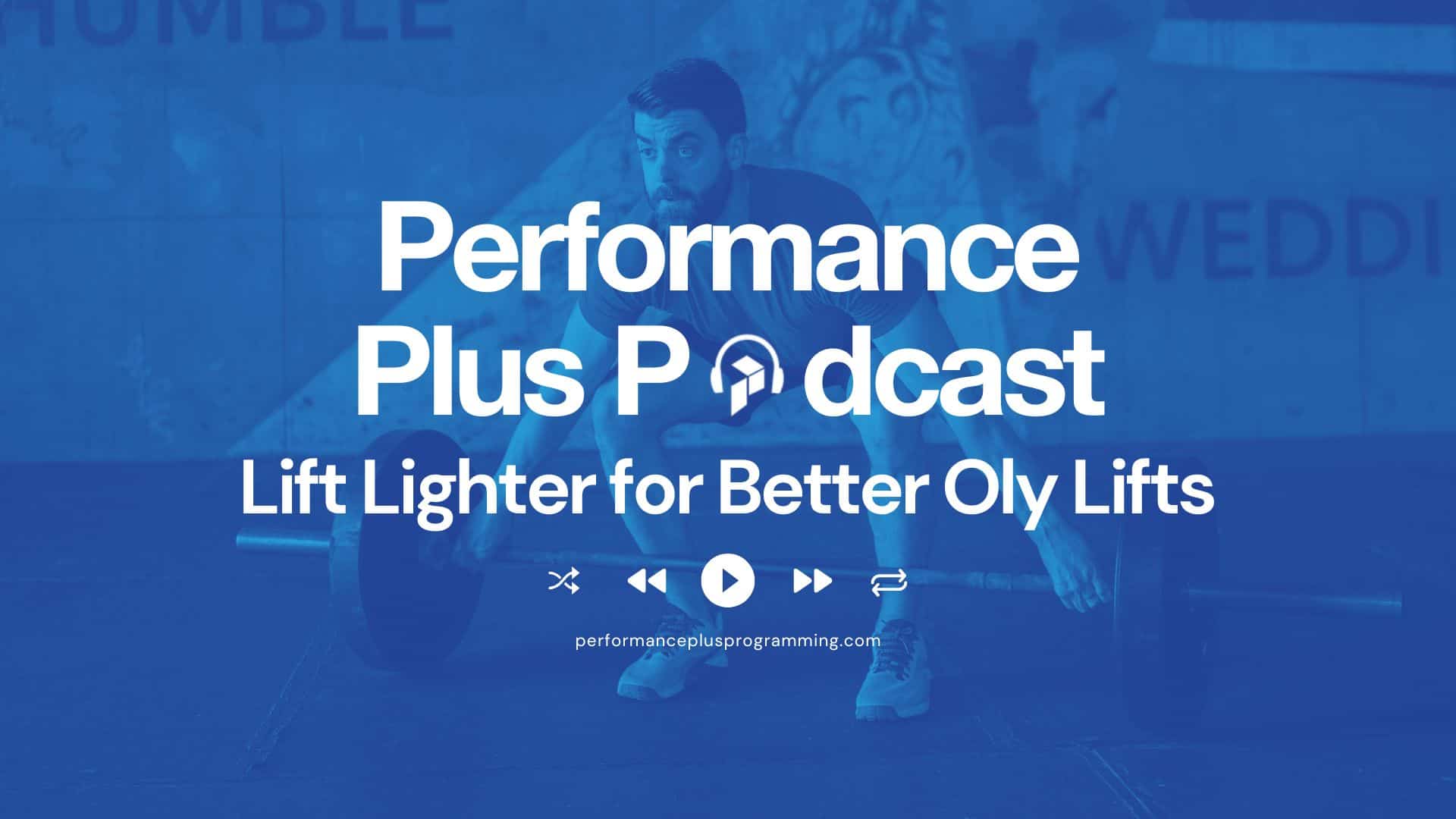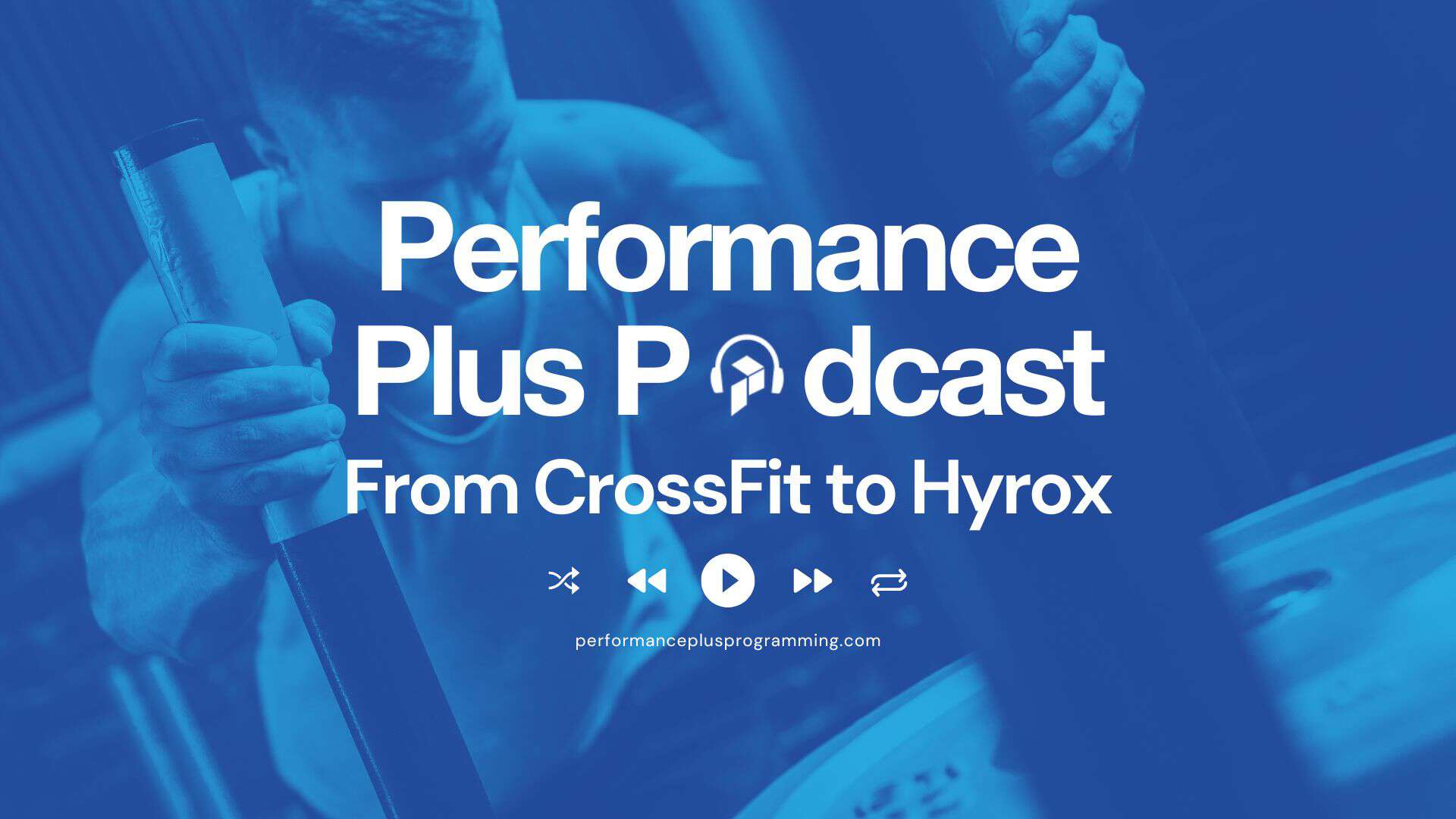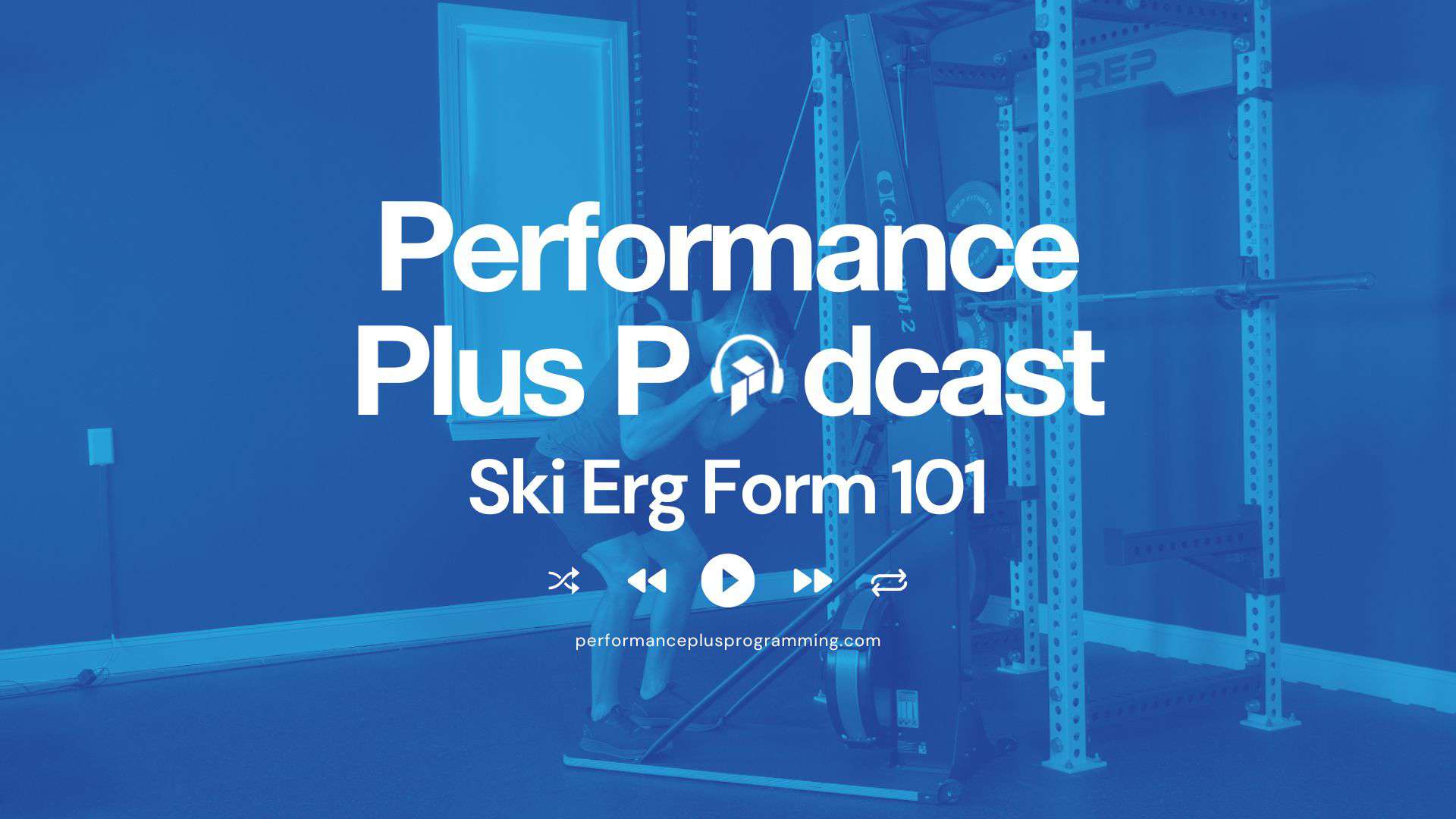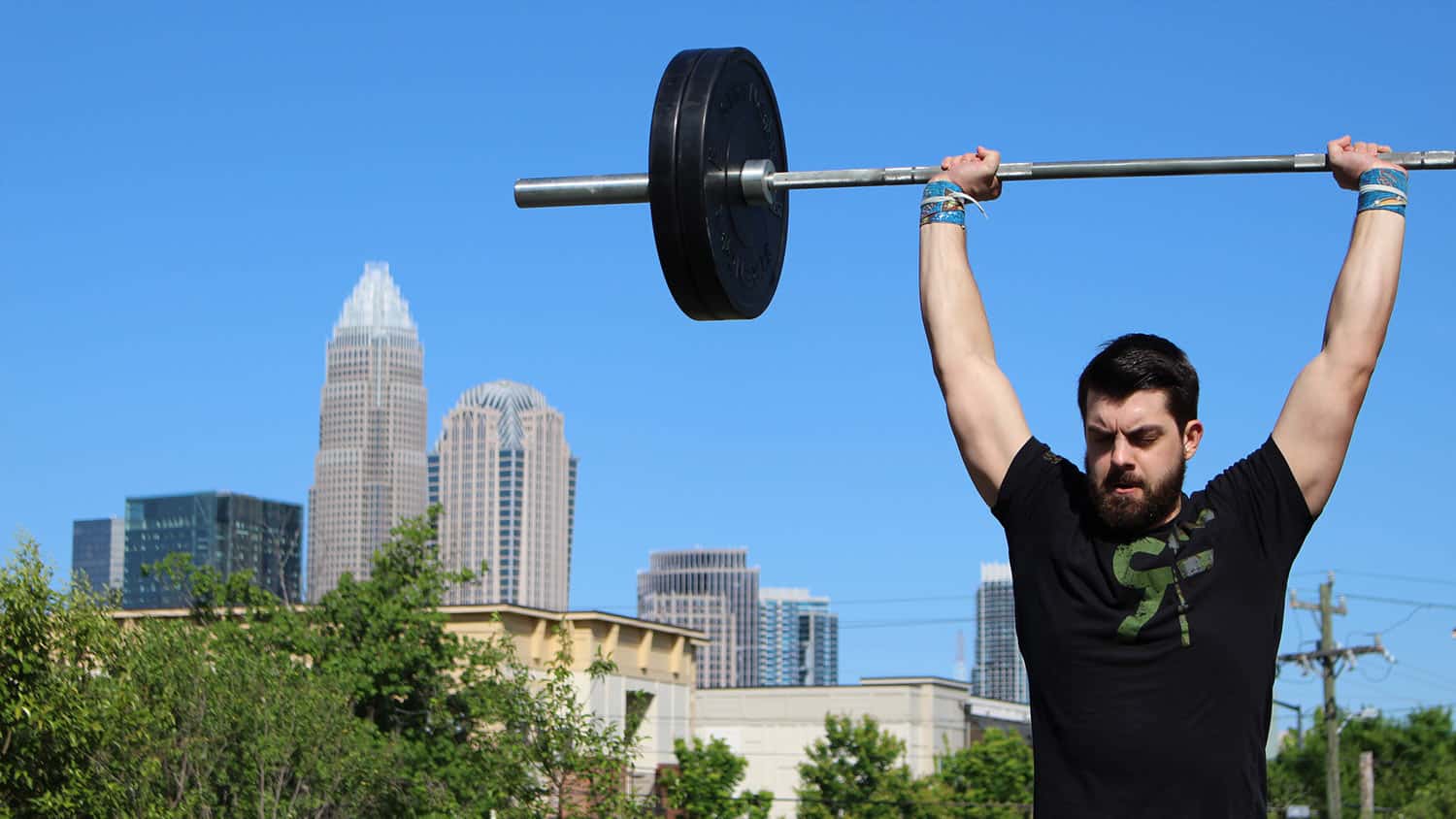
E4 – How to Program Mobility Work with Dr. Zach Long & Coach Johnny B
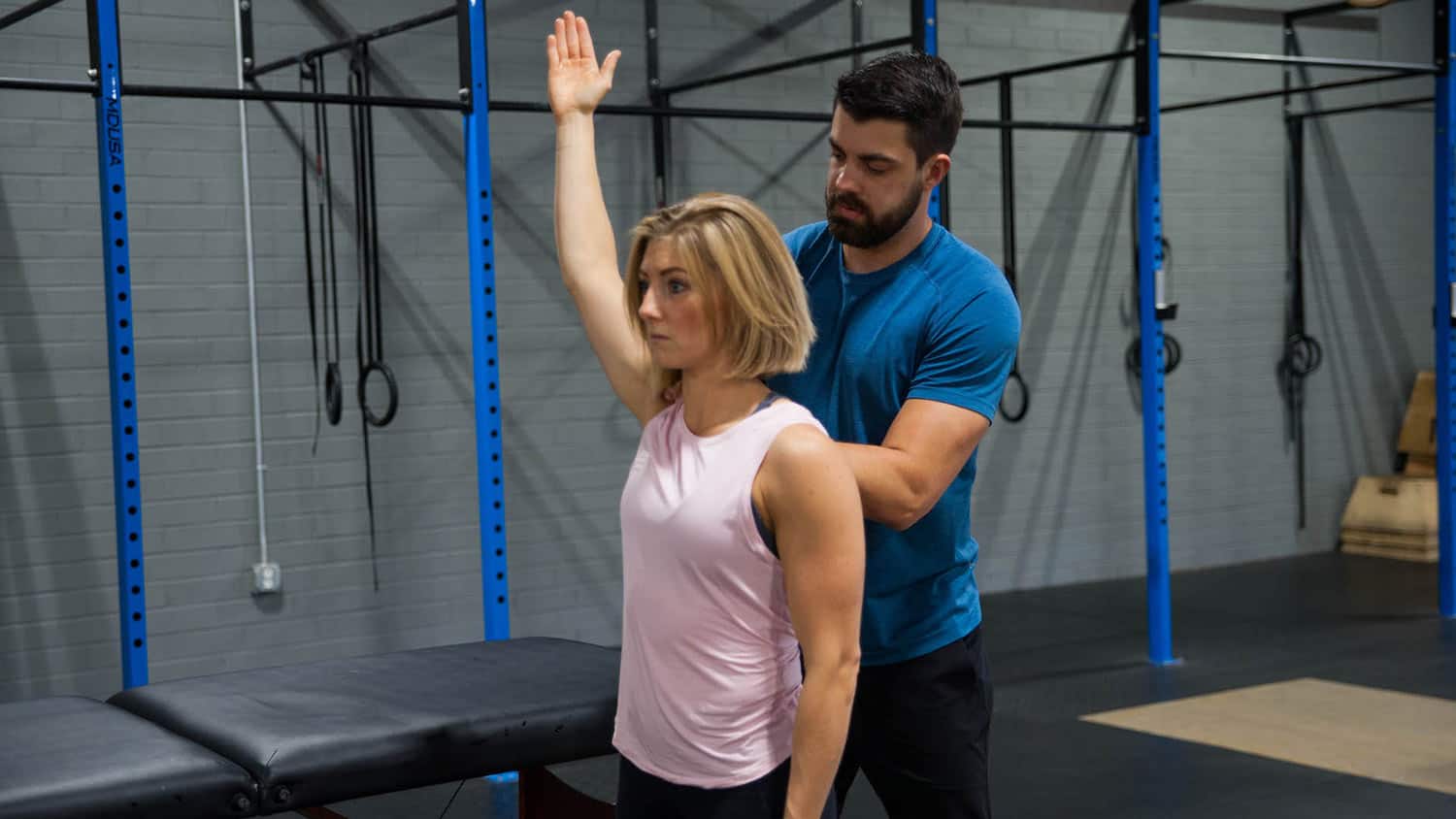
On Episode 4 of the Performance Plus Podcast Dr. Zach Long and Coach Johnny B discuss how to program mobility work.
Topics include
- The most important detail of programming mobility
- How to structure a mobility program
- When to implement mobility work (before or after a workout)
- The appropriate amount of time to foam roll/do lacrosse ball work
- What to do if lack of mobility is causing pain
For more help improving your mobility, access our FREE mobility checklist!
The Performance Plus Podcast is a short, actionable podcast that answers common questions from Performance Plus members and other athletes. Featuring Dr. Zach Log (The Barbell Physio), Pamela Gagnon, and hosted by Coach Johnny Bouchard each short podcast episode will help you achieve your goals. Whether you are training for a competition or want to get stronger, our step-by-step guide is all you need to take care of your body.
Follow Pamela Gagnon @pamelagnon
Follow Zach @thebarbellphysio and his website
Follow Johnny @coach_johnnyb
Tune in each Friday for a new episode!
